


This is the first of three parts tracking the progress of the Rocksmith 60 Day Challenge alongside private guitar lessons.
"When are we making jam?" my friend Eric asks.
And while Eric jokes about holding jam sessions to play Slayer's War Assemble and the Pokemon theme song, he keeps asking. I want to bring my guitar over to his house, and I will soon, but my two months of private guitar lessons hardly matches his years of experience chugging along to Metallica.
Despite our experience gap, we both wanted to know about Rocksmith 2014. Yet we don't know if Rocksmith works or if we even need it. As I continue to attend my weekly private lessons, I signed up for the Rocksmith 60 Day Challenge to find out if Rocksmith 2014 can teach beginners how to play guitar.
Like my first guitar lesson, Rocksmith 2014explains how to hold a guitar. A short video lesson shows how to rest the guitar on your thigh, or between both legs for a different neck angle. But that's where the demonstration stops. The video doesn't mention holding the guitar at a 45 degree angle away from your body - like my teacher taught me. The angle ensures that your fret arm doesn't wedge against your rib cage like a chicken wing. The video also doesn't explain how to hold the neck of the guitar or where to position the thumb of the fret hand. They seem like small details, but make a difference when playing.

Posture and technique continues into holding the guitar pick. My guitar teacher always reminds me to keep my strumming hand open and loose. The Rocksmith 2014 lesson directs players to curl their strumming hand fingers. I can't vouch for either technique, but my teacher says if I keep my hand closed, skin will fly everywhere from scraping my knuckles against the strings.
I can only practice Sweet Child O' Mine for so long before I grow bored, but practicing is where Rocksmith 2014 shows its value. The wide range of songs in Rocksmith 2014 gives me so many more options than when I practice on my own. Although I want to try each song and see the different styles, I'm sticking with a small bunch of songs until I familiarize myself with the chords and notes corresponding to different frets running down the highway.
Rocksmith 2014 works similarly Guitar Hero's highway of notes, but demands more from the player. At the bottom of the screen a fret board shows the strings and frets needed to play upcoming notes. To look at the screen, strings, frets and, because I'm still unfamiliar, strumming hand, I often feel overwhelmed. When difficult parts of song present chords or ask for multiple strings to strum, I freeze up and wait for an opportunity to jump right back in.
For those moments when I freeze up, Rocksmith takes notice and drops the difficulty. If I miss notes consecutively, fewer notes and chords appear midway through the song. Rocksmith doesn't fail you like Guitar Hero; it wants you to keep playing. It creates an atmosphere where it doesn't matter how many chords or notes you miss, it matters that you try.
You can play entire songs or divide them into different parts through the Riff Repeater. Using the Riff Repeater, Rocksmith takes a small portion of a song, slows down the track and repeats individual parts. As you play each part to perfection, it increases the difficulty with more strings or chords. Rocksmith recommends lessons, songs and even mini-games to play, but the motivation and direction comes from the player.

In addition to the available modes and functions, Guitarcade presents small games out of some learning techniques. To teach players to pluck individual strings faster, a game such as String Skip Saloon lets players control a western bartender. At the bar counter, the bartender shoots cowboys running down each string. This teaches guitar players to quickly pluck each string without looking at the strumming hand.
To help progress through each song, video lessons with practice tracks teach new techniques like Bends and Palm Muting. The lessons teach new techniques all players eventually use in songs, yet it lacks feedback of private lessons. I couldn't finish the Palm Muting practice track. It requires players to play a sequence of notes normally and then muted with the palm of the strumming hand on the bridge. I feel like a pro when I properly Palm Mute, but I need help when I'm stuck.
Without the teacher response and their direction, Rocksmith won't replace my weekly guitar lessons. It's far too early to judge with nearly two weeks of playing, but it seems Rocksmith is better suited as a supplement, not a replacement to guitar lessons. I can't yet play a song in its true, full form, but I've learned fret placements and can navigate the guitar neck much faster than when I started.
Spend an hour a day for 60 days with anything and you will eventually see results. In the next few weeks, around the 40 day mark, I'll report back with my progress and explain if I'm making a new flavor of Smucker's jam, or the off brand phoney.
Rocksmith 2014 Edition was developed by Ubisoft and published by Ubisoft. It was released on October 22nd, at the MSRP of $59.99. A copy was provided by the publisher for the purposes of this review.
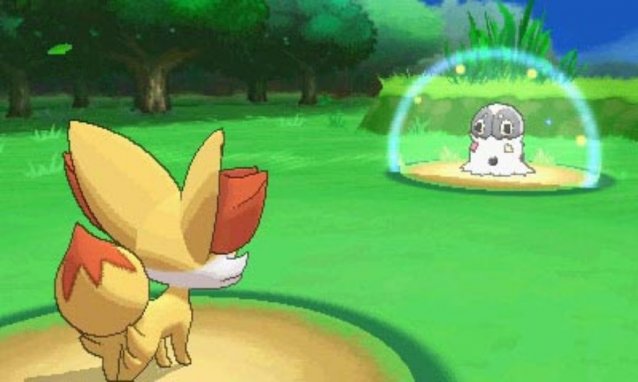
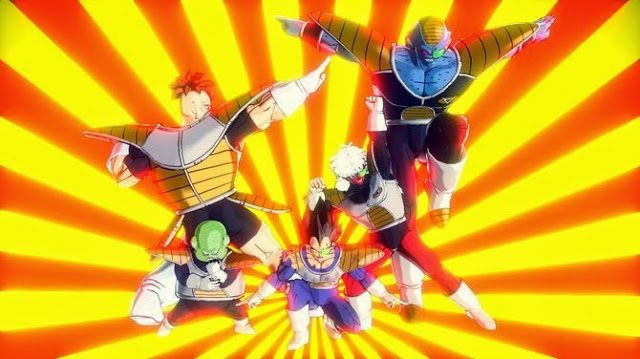
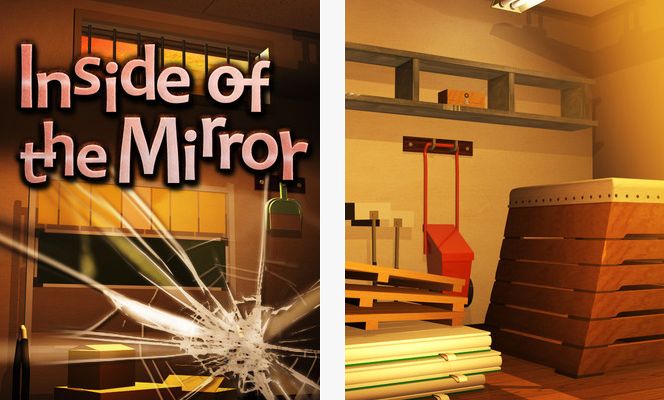
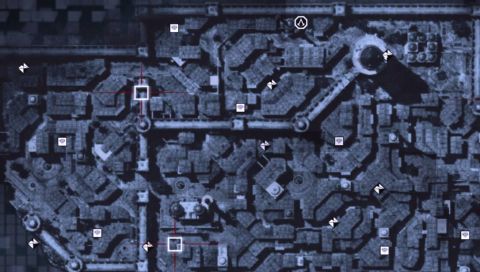
 Top 10 Violent Video Games in the Last Decade
Top 10 Violent Video Games in the Last Decade Destiny: Which Multiplayer PvP Mode Gives the Best XP?
Destiny: Which Multiplayer PvP Mode Gives the Best XP?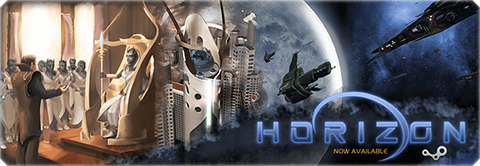 Horizon: First Impressions – Space is Complicated!
Horizon: First Impressions – Space is Complicated! Travelling A Lot? You Need These Free iPhone Apps
Travelling A Lot? You Need These Free iPhone Apps 5 Warning Signs For Avoiding Freemium Games That Want To Suck Your Wallet Dry
5 Warning Signs For Avoiding Freemium Games That Want To Suck Your Wallet Dry